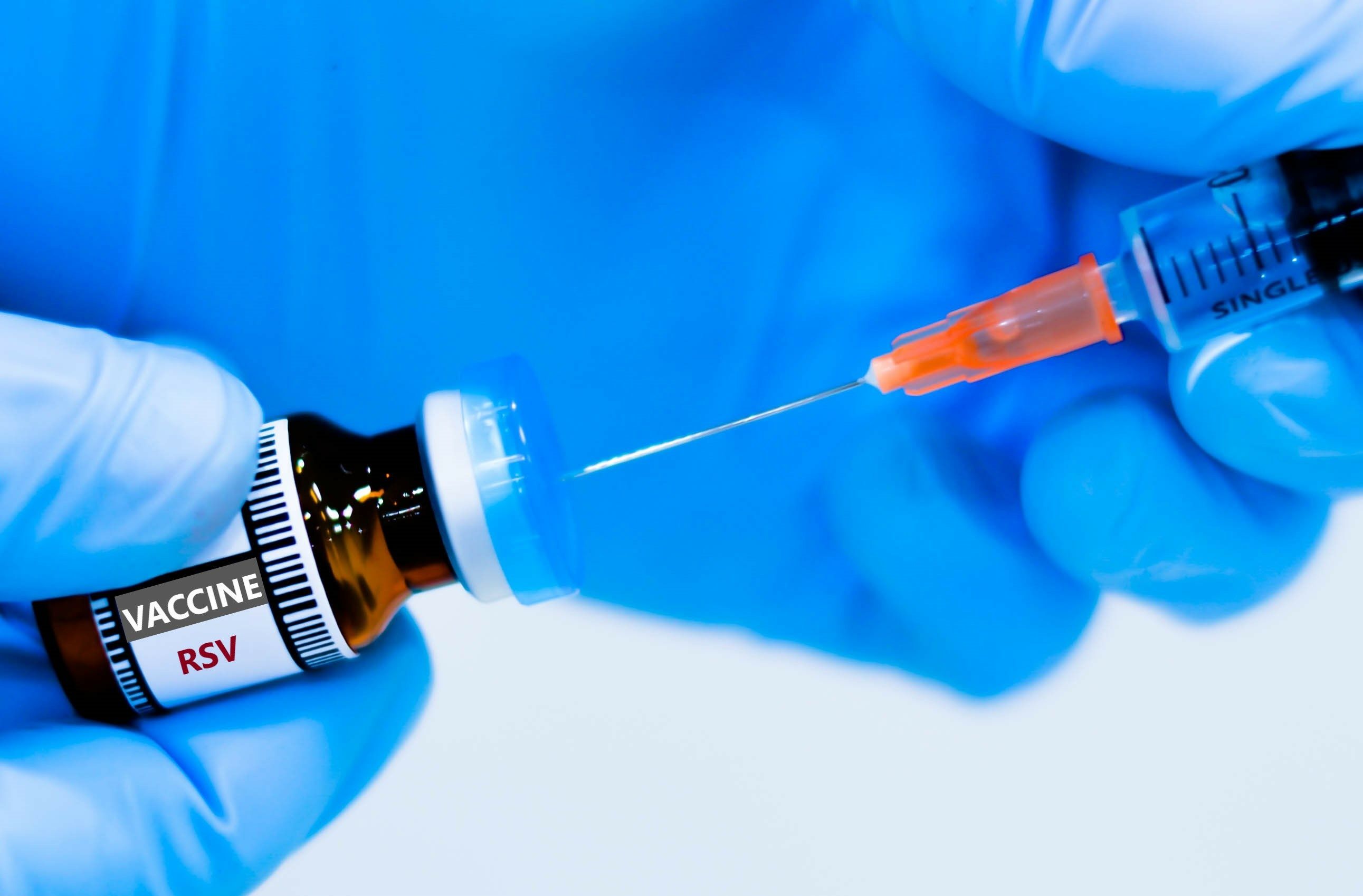Article
Naloxone Nasal Spray: Counseling Points for Proper Use
Naloxone (Narcan) is indicated for the treatment of an opioid-related emergency such as an overdose or potential overdose associated with signs of breathing problems, severe sleepiness, or unresponsiveness.
Nearly 19,000 prescription opioid-related deaths occurred in the United States in 2014. In addition, more than 10,000 more deaths resulted from illicit opioid overdose.
Interestingly, a staggering 56% of all opioid overdose-related deaths in 2013 happened in the individual’s home.
While these statistics are decisively frightening, this article isn’t meant to debate the extraordinary challenges health care professionals face in providing adequate long-term pain control. The chronic pain patient who has experienced “pain medication discrimination” at the pharmacy counter is another timely topic that has spurred many scholarly articles and talk-show commentaries. As well, this article isn’t directed at what constitutes an appropriate or inappropriate indication for a prescription opioid.
Naloxone (Narcan) is indicated for the treatment of an opioid-related emergency such as an overdose or potential overdose associated with signs of breathing problems, severe sleepiness, or unresponsiveness. This medication, which is currently available in an easy-to-administer nasal spray, is credited with saving lives.
Between 1996 and 2010, the intravenous form of naloxone saved the lives of more than 10,000 individuals who overdosed on opioids, according to the CDC.
You better believe that Narcan Nasal Spray detail teams have been visiting pain clinics and spreading the good word of their magnificent product. In my little northern California town, I’m beginning to see the results of this detailing effort at our small pharmacy.
Patients from local pain clinics are now showing up with prescriptions for the Narcan Nasal Spray. These are regular patients who have come to us for years for maintenance pain control without incident.
Over the course of a week, I spoke with pharmacist colleagues and prescribing physicians, and I also researched as many articles as I could, searching for an answer to the question, “How often do chronic pain patients who have taken their medication on a regular basis without incident for years overdose on that medication?” The overwhelming subjective answer was “almost never.”
My next mission was to gather opinions on what it would take to prescribe Narcan Nasal Spray to a patient. The practitioners I conversed with all came to the same conclusion: that the patient who was taking the medication needed to understand how to identify opioid overdose and be confident in his or her ability to administer a dose of the antidote in case a family member accidently ingested the medication.
After greeting patients with prescriptions for Narcan Nasal Spray in the counseling area, I begin asking them what their physician or clinic had told them about the nasal spray. Time after time, they say they aren’t sure and their physician just wanted them to have one.
We then discuss what an opioid dose would like and what dosing behavior or medication-alcohol combination may contribute to an overdose. After I reach the conclusion that this particular patient has never come close to an overdose and is highly unlikely to ever experience one, we discuss the importance of storing opioids in a safe place, preferably in a locked cabinet.
As we know, those looking for opiates will regularly create emotional rationalizations for why it’s reasonable to steal medication from family members with legitimate pain concerns. These situations, among others, can potentially lead to a medical emergency.
Upon completion of the counseling session, the patients seem to understand the immense gravity of the intrinsic danger of having opioids in their home. We then complete a demonstration and teach-back program on the use of the nasal spray.
Included in this discourse is a review of the importance of family education. Patients will agree to discuss what an opioid overdose would look like, talk about how and when to administer the nasal spray, and come to a consensus on a safe storage location where the nasal spray is accessible to all who know how it works.
Just before patients leave, I remind them that naloxone is nothing more than a short-term treatment for an overdose, so after the dose is administered, they should immediately call 911.





